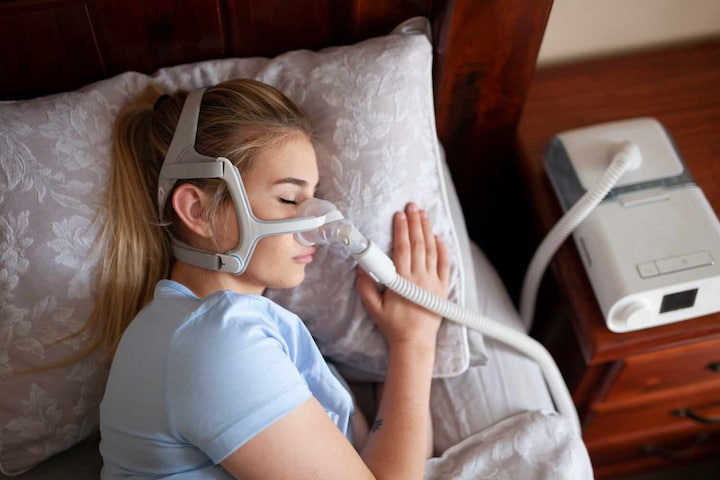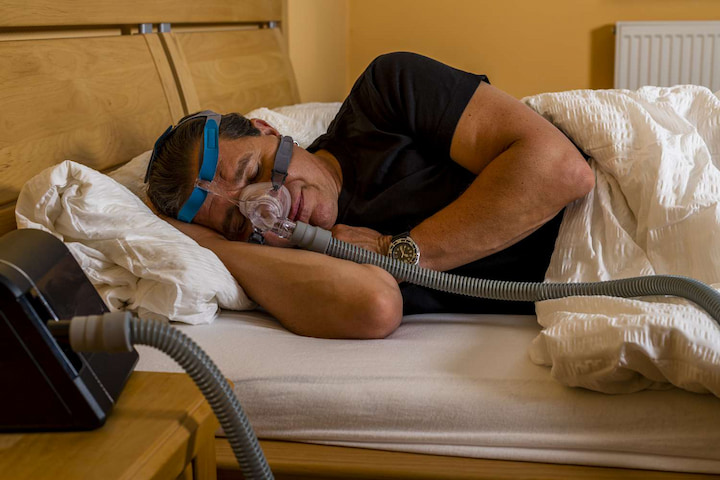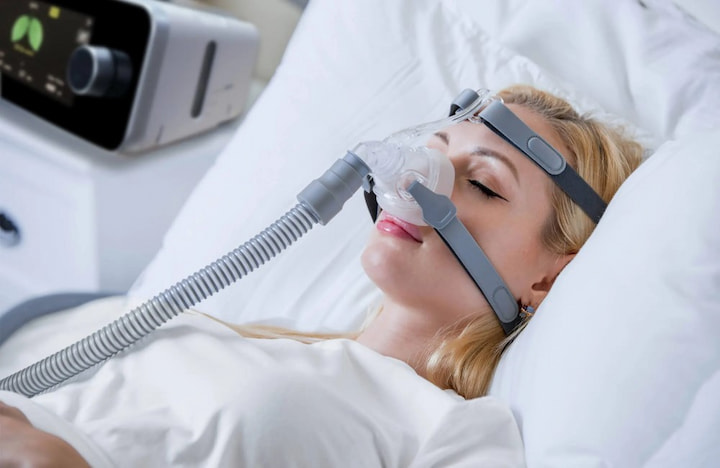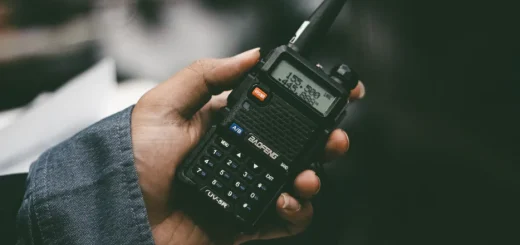Breathe Easier: How BiPAP Therapy Treats Obstructive Sleep Apnea
Sleep apnea can have a negative impact on your quality of life. Fortunately, a variety of devices exist to assist you in breathing more easily. Examples include CPAP, APAP and BIPAP machines.
Generally, CPAP machines are the first treatment options that doctors recommend to patients to treat their sleep apnea condition. However, some patients who have been prescribed these therapies don’t experience improvements. They frequently report breathing normally despite their current pressure setting. Others struggle with continuous flow pressure and even the auto-adjust flow settings. In these cases, a BIPAP machine is indicated to provide a more comfortable and effective therapy experience.
What Is a BIPAP Machine?
Instead of delivering a constant level of air pressure during treatment like CPAP devices, BIPAP, or Bilevel Positive Airway Pressure, machines offer a dual pressure setting – IPAP and EPAP. IPAP is a pressure level for inhalation and EPAP is a reduced pressure for exhalation. The difference in pressure settings between IPAP and EPAP facilitates intake while simultaneously making it easier to expel pressurised air. You’ll also find BiPAP machine models that come with additional options for regulating breathing patterns.

Benefits of Using a BIPAP Machine
- Improved Breathing: The dual-pressure method of BiPAP allows for smoother inhalation and exhalation, which improves overall breathing comfort.
- Enhanced Sleep Quality: BiPAP therapy promotes uninterrupted sleep and lowers daily exhaustion in people who suffer from sleep apnea.
- Personalised Settings: BiPAP devices offer pressure settings that can be adjusted to meet the individual’s breathing needs.
- Portability and Convenience: Modern BiPAPs are meant to be small and portable, making them ideal for usage at home or on the go.
Configuring Your BIPAP Machine
In order to set up your BiPAP device, you’ll need to know the right air pressure levels for you and then select the device’s mode of operation accordingly. The purpose of BiPAP setup, whether for obstructive or central sleep apnea, is to establish settings that address your breathing disruptions.

The level of air pressure delivered by the machine will depend on whether it features fixed or auto-adjusting settings. With a fixed setting, the pressure levels for both inhalation and exhalation are specified in the device and do not alter over the night. With auto-adjusting, the levels of air pressure can vary during the night according to your breathing patterns.
To modify pressure levels automatically, auto-adjusting BIPAPs use innovative algorithms. However, these machines have not received as much research as fixed BIPAP devices. More research is still required to really compare the dangers and advantages of these two forms of BiPAP.
Setting Initial BIPAP Air Pressure Levels
To determine the required air pressure to prevent breathing issues while sleeping, a process called titration is used. BiPAP titration is most commonly performed during an overnight stay in a sleep lab where breathing can be monitored in real-time by sleep specialists who have more experience in this process.

Many doctors recommend an in-lab titration during a sleep study, even with auto-adjusting devices, to define a range of pressure values for the specific patient. However, for auto-adjusting BiPAP devices with sensors to monitor breathing and built-in software to compute pressure levels, in-home calibration may be available.
Still, following an at-home titration, you may need to consult with your doctor or a sleep specialist to double-check your device’s settings. In an overnight sleep study, healthcare providers may also want to confirm the effectiveness of the settings.
Modes of Operation
Based on your personal breathing needs, your BIPAP device can be set up to function in one of the following modes:
- Timed Mode (T): The machine pumps air according to a predetermined schedule that corresponds to a person’s breathing rate.
- Spontaneous Mode (S): Air is pumped only when the user takes a breath in or lets a breath out.
- Spontaneous Timed Mode (S/T): Air is delivered when you breathe in or out but can also deliver a “backup breath” when breath is not detected within a certain period of time.

Tips to Help You Get Used to a BIPAP Machine
Sleeping with a BiPAP device can be difficult for some people, but it normally becomes easier after a few nights. Certain tips may assist in easing the transition to nighttime use of a BiPAP machine.
- Patience and persistence are key to getting used to the machine. Although it may be difficult at first, using the machine becomes second nature after a few days. Using the BiPAP throughout the night, even if it is a bit uncomfortable, accelerates the process of becoming accustomed to regular using it.
- Wear the mask and switch on the air pressure for a short length of time during the day to practise while awake. Using the gadget while watching TV or reading may help you get acclimated to the mask and airflow.
- Experiment with several masks. While a doctor or sleep specialist may recommend a certain mask, you may need to test out other options before finding the most comfortable one that still provides a firm seal.









![AFX Sauber F1 C44 Stake No24 Slot Car [22092]](https://www.availableonline.com.au/wp-content/uploads/2025/06/6ccd9e30-c6fa-4910-9081-5fcc3ba80b04__60843-520x245.jpg)